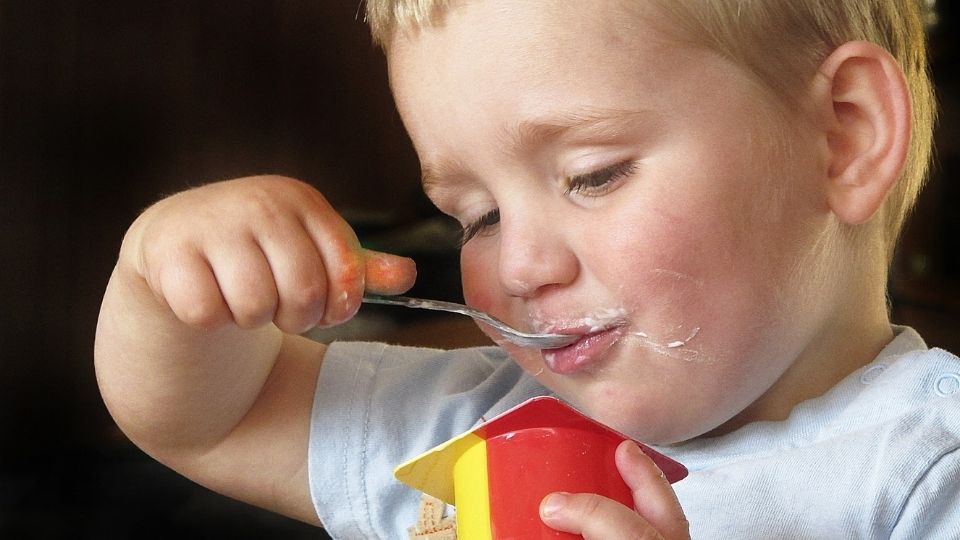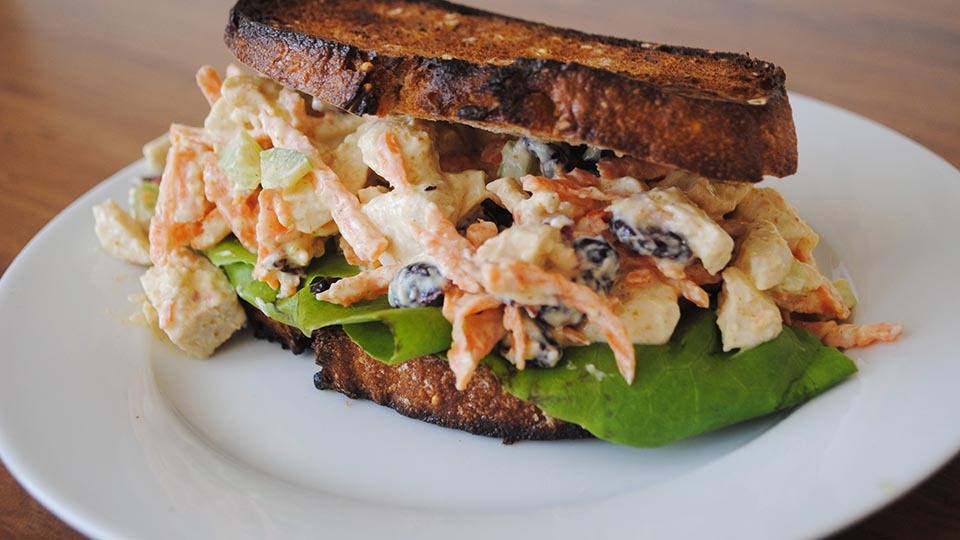Finding a Diabetes Community

For some people having T1D can be an isolating experience. However, there are others in the T1D community that are there to support you and your family. Connecting with others can be an excellent way for you to find others who “get it” and understand the unique challenges associated with T1D. A community can be where you can get and give support, share practical strategies, and minimize isolation. The resources below have links to community forums, social media platforms, blogs, and other resources that can connect you and your family to others in the T1D community and to diabetes advocates organizations.
|
Resource Description |
Contact Information |
|
The JDRF TypeOneNation Community Forum is a vibrant social network for people with T1D, their families, and friends. |
|
|
The Diabetes Online Community (DOC) includes people with diabetes and their caregivers, diabetes healthcare providers, foundations, organizations, and associations within the global diabetes environment who are engaging online, offering support, and sharing knowledge to improve the lives and health of people with diabetes. |
|
Diabetes Burnout
T1D is a diagnosis that affects both you and your family members. The diagnosis can feel as if it has completely changed your life, so understandably, you may become overwhelmed at times. When the stress and frustration of managing diabetes feels unbearable, a state of burnout is likely. Burnout is defined as an emotional and physical state characterized by loss of motivation and exhaustion.14 This may manifest itself in various ways, including skipping doctor’s appointments, slipping into unhealthy habits, and discontinuing monitoring one’s blood sugar. Such a state can be life-threatening, but there are ways to get help. Many people with diabetes struggle with diabetes burnout at least once in their lives, and for some it is a constant battle. Remember that you are not alone, and there are communities of people facing the same challenges to help you!
|
Signs & Symptoms |
|
|---|---|
|
Feeling angry and frustrated about the demands of managing diabetes |
Feeling powerless |
|
Avoiding appointments |
Detaching from social support and healthcare systems |
|
Avoiding checking blood sugar |
Missing or skipping medication (insulin) |
|
Making unhealthy food choices |
Avoiding exercise |
|
Feeling alone and isolated |
Trying to ignore or forget about diabetes |
Parent/Caregiver Stress
Parents of children diagnosed with T1D have to manage the stress of managing their child’s needs (related to the diagnosis) in addition to all the typical stressors of being a parent. If you are a parent, you are not new to stress! Research shows that roughly ⅓ of parents of children with T1D reported severe emotional distress when their child was diagnosed. In addition, 20 percent report high levels of emotional distress 1-4 years after diagnosis.15 The stress that parents who have children with T1D experience can be categorized into four common themes. Those themes include exhaustion compounded by stress, powerlessness to control diabetes, grief over losing a normal life, and coping
strategies. Thankfully, there are strategies to help you manage stress. Management strategies are listed in the table below.
Many parents have found relief by connecting to others experiencing the same challenges. Support groups, especially those on social media, have proven beneficial for parents of diabetic children. See the “Find a Community” subheading within this publication for further information on connecting with a local diabetes group in your area.
|
Diabetes Burnout Management Strategies16 |
|
|---|---|
|
Getting enough sleep16 |
Prioritize getting enough sleep at night to feel well-rested and have the energy to perform tasks throughout the day. |
|
Medication16 |
If recommended by a healthcare professional. |
|
Breathing and meditation exercises16 |
Take time to breathe or be mindful for 2-5 minutes each day- you can involve your families or do it by yourself. Examples of exercises include focus on your five senses one at a time or relaxing different muscles in your body. Yoga and meditation videos can also be found on YouTube. |
|
Social support and connection with others16 |
Seek support from family, friends, and loved ones. Communities on Facebook and other social media sites also exist to support families. |
|
Therapy16 |
Therapists are available in all regions and can also be available through virtual appointments. |
|
Keep a diary or a journal16 |
Take time to write down any thoughts or concerns. Keeping a journal can also be considered a form of meditation or mindfulness. |
|
Physical activity16 |
Strive to get 60 minutes of movement each day- this can be taking a walk, playing an active game with your children, cooking, dancing, playing sports, or discovering ways to move that you enjoy. Involve the whole family in physical activity through games like charades or taking a walk together. |
|
Utilize to-do lists16 |
Make to-do lists to manage daily tasks, and pick 2-3 most important tasks for the day. Try to focus on the NOW and what is most important to you. |
Authors
Karli Breinholt RDN, Erin Hohnholt DNP-S, Makenzie Christensen RDN, Nathan Shepherd, and Jane Armstrong OT/s
Related Research


















































